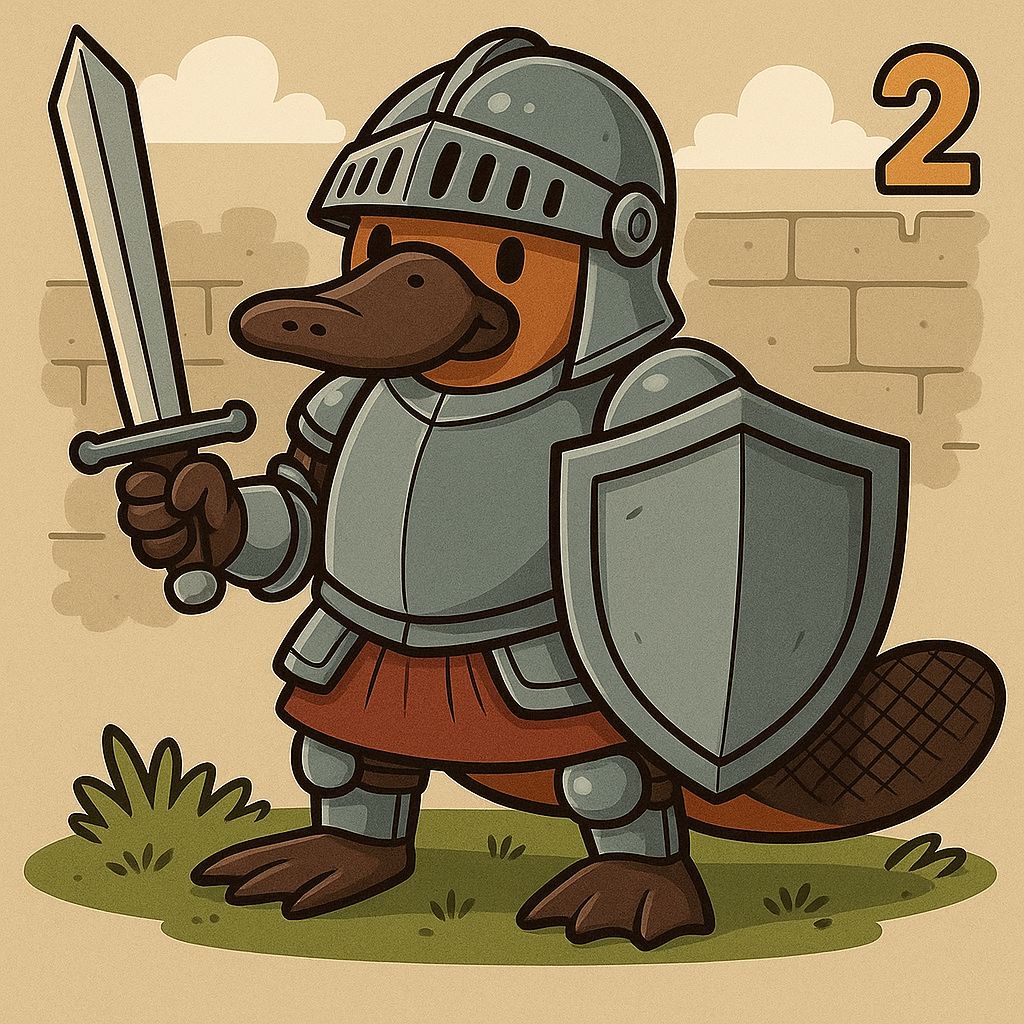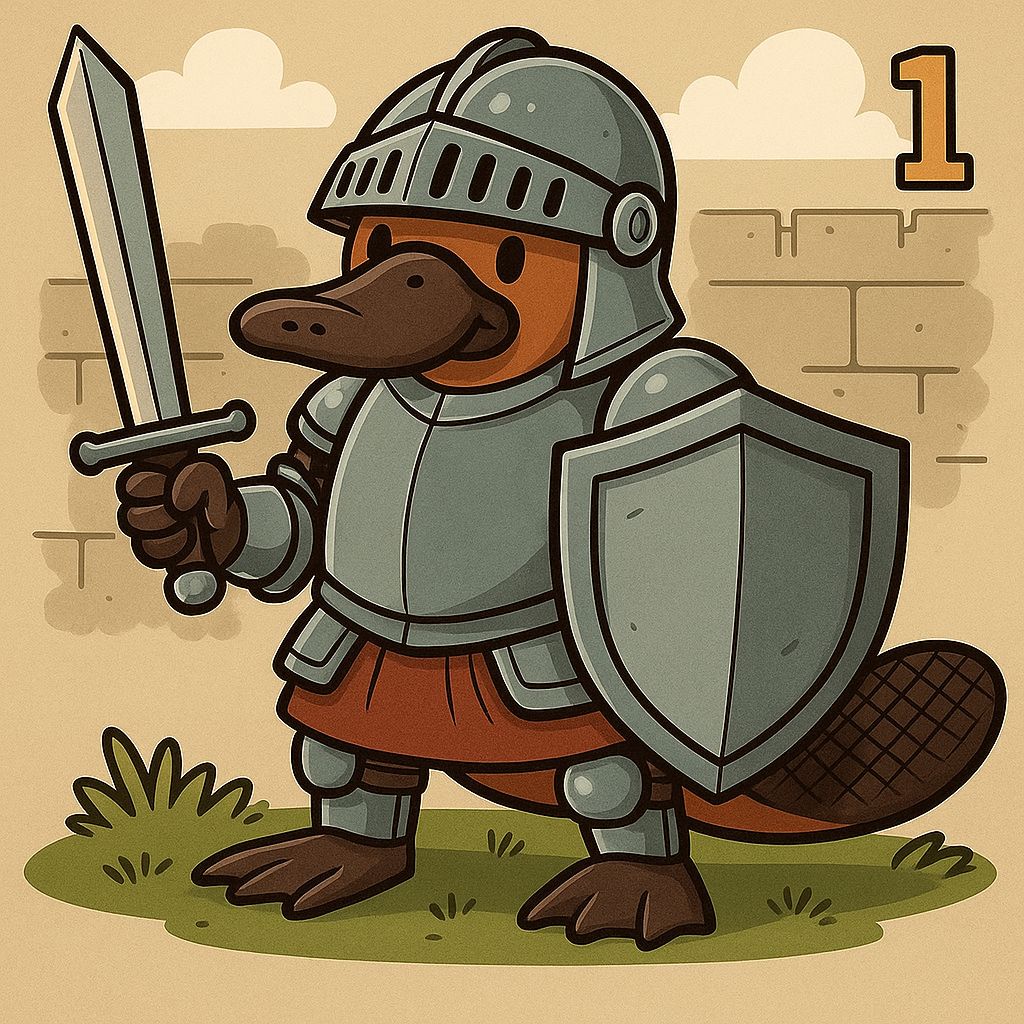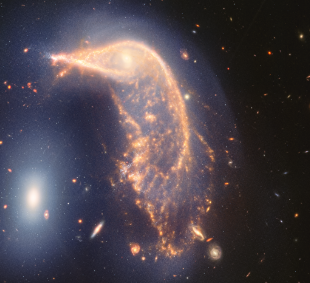
Here is another actual event demonstrating the immediate benefits of having an AM Plan.
Free gifts are never really free. This is why Joe Brown, the ageing art dealer, was finding it so difficult to get the Victorian Government to accept his offer of an outstanding art collection worth many millions of dollars. The capital and ongoing costs associated with housing and maintaining the collection were themselves quite extensive. The quality of the collection was not in dispute but what was in dispute was the value to the Victorian community of allocating scarce resources to an art collection, resources that could otherwise be spent on health or education or any of a large number of other uses.
The decision would, of course, be influenced by the Government’s strategy for community arts at the time, as well as the nature and extent of its existing portfolio. This AM information in the Plan would help to determine what this collection could add to the total art coverage. (Remember “All strategic questions are portfolio questions”)
The Strategy and associated plans were well documented, enabling the opportunity to acquire this collection to be compared with the existing methods of meeting the State’s Art and other strategies, as documented in the Plans. This made it possible to tell whether this was a ‘wanted’ or an ‘unwanted’ gift.
Without this information, elected members were at serious risk of being emotionally blackmailed into possibly poor community decisions. Protect your agency by protecting your elected members!
What other ways can you suggest to strengthen the case for AM Plans? Please share your experiences.

Lobbyists are the bane of a CEO’s life – and an Asset Manager’s! This presents another good use for an AM Plan. Unlike last week’s story where the council was well prepared with its AM Plan, in this instance it was not. But YOU could be!
The council members had been well educated in asset management thinking and were aware that the acquisition of an old, non-heritage listed building with limited functionality was not in the best interests of the community. But how did they deal with a small, but extremely vocal and active, lobby group that was pressing them to acquire it?
At this stage their asset management plan had not yet been constructed but suppose it was, then they could have shown the lobbyists that council’s resources were fully allocated to projects which had each been justified in terms of benefits and costs to the community and they could have said:
“We appreciate your interest but here is where council resources are going. All of these projects have been carefully analysed, costed and evaluated. Provide us with a costed evaluation and the benefits of your proposal for the wider community and if the benefit:cost analysis shows that it is better than the least of our current projects we will reconsider.”
This puts the onus back on the lobbyists to estimate both costs AND benefits and this will often be sufficient to stop the lobbying pressure but if the lobby group do demonstrate greater value then council knows that it is not disadvantaging the community by agreeing to their wishes.
Some many years later the Mornington Peninsula Shire Council in Victoria actively employed this approach – very successfully.
What experience have you had that would strengthen the short term benefits case for AM Plans?
Julie and I produced this after a recent discussion with Ruth. I think it’s a discussion we’ve been having for years.

Todd Shepherd & Julie DeYoung
Once upon a time, or so the story goes, Asset Management started to take sprout at our organizations with a bold promise. It came to guide us toward long-term thinking, to help us look beyond next year’s budget and into the decades ahead. It came with principles and frameworks, a philosophy that assets are not isolated items, but interconnected parts of a whole. The decisions we make today shape the quality of life for future generations. It was a different way of seeing how investing in the right place, at the right time, could save money, and public trust.
But then Asset Management met The System. And The System did what it always does: it absorbed the new idea and bent it back into something familiar.
Instead of being a strategy for long-term stewardship, Asset Management became a new label for what we were already doing. We turned it into a more refined version of the same habits: squeezing the last bit of life out of aging assets, reacting quickly to failures, and deferring investment until the next crisis hit. We framed these actions as efficiency, as cost savings, as smart business. But they were just survival tactics. And so, when Asset Management started to bloom, it was quietly, subtly, reshaped.
What was meant to be transformational became transactional.
Long-term planning? That would have to wait. We needed to fix the latest failure, explain the recent cost overrun, patch the emergency before the news cycle caught wind. The capital planning calendar was full of yesterday’s fires. Asset Management was drafted into service as a better way to react.
Rather than change The System, Asset Management was absorbed by it. It was translated into the language of short-term cost savings and immediate returns. “Get more life out of your assets” became a directive, not to optimize lifecycle value, but to defer replacement as long as humanly possible. And The System applauded. Budgets tightened. Work orders increased. Failure response times improved…until they didn’t.
This isn’t a failure of individuals. It’s what happens when a new idea runs headlong into The System. The System reward firefighting over fire prevention. It promotes leaders who solve today’s crises, not those who quietly prevent tomorrows. It allocates resources to what is visible, immediate, and politically expedient. And so, Asset Management is quietly reshaped until it fits.
A discipline focused on resilience and long-range value becomes a sophisticated way to do what we’ve always done: squeeze, stretch, defer, and repeat.
Asset Management, instead of being a disruptor, became domesticated.
The truth is, Asset Management requires a paradigm shift. It requires a new way of thinking about value, responsibility, and time. It asks us to see past short-term wins and start building for long-term resilience. It asks leaders to stop managing symptoms and start addressing root causes. It asks organizations to measure success not by how fast they respond to failure, but by how rarely failure occurs at all.
That’s a hard shift to make. It means unlearning habits, changing incentives, and having the patience to invest in what won’t pay off this quarter. It means making space for new voices, new metrics, and sometimes uncomfortable truths.
But if we want Asset Management to be more than a buzzword, we need to protect it from the status quo. We need to give it space to grow before we ask it to perform. And most of all, we need to let it change us before we change it.
To do that, leaders must become designers of systems, not just managers of outcomes. They must ask: What behaviors are we rewarding? What stories are we telling? Are we building a future, or just managing decline?
Asset Management didn’t fail. It simply wasn’t given a chance to take root. But the story isn’t over. It’s still being written. And if we’re willing to change the system, we might just change the ending.

While we get better at being able to produce AM Plans, CEOs seem less willing to use them. This is not surprising when you think about it – from their point of view! They are responsible for performance today.
They know that reducing long run renewal costs is good for the community but they are acutely aware of the costs involved which they see as reducing their ability to meet today’s requirements. So let’s show them that the short term benefits outweigh the short term costs and that, therefore, the long term benefits are just sheer bonus.
Consider the following. This actually happened.
A woman tripped on a cracked footpath and her lawyer encouraged her to sue the local council. In its defence the council said that yes, many of its footpaths were ageing and in need of repair. Many other assets were also in need of attention. Council was now facing the need to replace many assets constructed during growth times some many years ago. In total, the costs of renewal were far more than the council could manage in any one year’s budget. The Community had been consulted and the council had carried out a condition audit on its footpaths. It had scheduled the worst areas for immediate attention and had a program to address the rest over a period of years. Each year, the capital works list was re-prioritised to ensure that council was allocating its scarce resources to the areas most in need. They demonstrated this by reference to council’s asset management plans and condition audits.
The judge awarded the case to the council. In his summation,he said that the council was demonstrably not negligent in the way that it was tackling its repairs and maintenance. Not only did he find for the council, but he also awarded costs against the complainant. The woman then sued her lawyer for poor advice!
How else can we sell the short run advantages of AM Plans so that organisations want them (rather than simply hammering the mandating of AM which immediately sets it up as a cost to be minimised)?
What positive short term benefits from AM plans have you experienced?

Image from James Webb Telescope: Interacting Galaxies
After taking three months off – impressed how much surgery slowed me down! – I am taking stock.
I find I am almost totally not interested in Asset Management as a technical subject. Or rather, that I have no hope that something technical (like ‘AI’) will sort it for us.
And yet, there is still a large problem to be sorted, that surely requires new, and clever, thinking.
The Talking Infrastructure board is more or less convinced that we have not yet made Asset Management stick. In particular, to get where Penny saw 40 years ago: business as usual longer term planning to meet infrastructure demand. And more recently, planning ahead in a changing world.
One painful example is the retreat from meaningful AMPs in Australian councils, their first home.
Why infrastructure organisations don’t face the future has been a puzzle. Vested interests, for example in the construction industry, sure; lack of skill or vision in the decision-makers, yeah. Is it basically that the pain of not planning adequately doesn’t fall on the people failing to plan?
Our inability as a species to think beyond a few years?
But I am not yet that pessimistic. I don’t believe it’s biological.
What most grips me is the problem of culture. Yes, we happen to live in a peculiarly short-termist culture. But let’s, as clever people, tackle it as a Meadows-type system challenge.
In the past decade some of us have asked how we can get an organisation to plan sustainably: to have a process, a system to plan out our assets, that outlives any CEO, or any individual asset manager for that matter. A few years ago, a network of us in North America looked at how to ensure that an incoming CEO took an AMP process as given. Useful and entrenched enough not to be their focus for change.
Did we succeed anywhere?
Watch this space…

Legacy: A Decision Maker’s Guide to Infrastructure is published!
It’s a slim, elegant book aimed at councillors and C-suites to convey the realities of infrastructure, and the vital support a good Asset Management can provide to them.
Available as ebook or print on demand through Amazon.
‘Legacy: A Decision-Maker’s Guide to Infrastructure is not another technical manual. It’s a clear-eyed, call to rethink how we lead and make decisions about the physical assets that shape our daily lives – from water systems and roads to hospitals, parks, and transit networks.
Written by respected infrastructure thinkers, Ruth Wallsgrove and Lou Cripps, Legacy distills decades of frontline experience into practical guidance for those who carry the weight of stewardship. This isn’t about technology or buzzwords. It’s about responsibility. Clarity. Purpose. And asking better questions.’
Design by the wonderful Matt Miles – much gratitude again
see Resources

The Board of Talking Infrastructure wants to thank Penny – wants to make a big, big fuss over Penny – for the immensity of what she means to us and to Asset Management.
All of us had our lives and careers changed by Penny. Without her, we wouldn’t be calling ourselves asset managers, for a start. We are doubly blessed that she is also a great friend to each of us individually.
I first knew of Penny when another important AM person in my life, David Ford, came back from a trip to Australia and New Zealand in 2001 clutching a copy both of the International Infrastructure Management Manual and an issue of Penny’s Strategic Asset Management newlsetter. Saying there were some things we therefore would not have to make ourselves, and anyway could never have done so well.
I already was sure when I met Penny in person in 2004 at ICOMS we would be fast friends, going to stay with her and Bob in Adelaide on the MESA ‘eminent speaker’ tour that summer. My life certainly was never the same after that, as the next year I went back to work with her on a job for NSW Rail Corps… and the year after to live in Sydney. Where she and I could plot some more, ending up eventually with Talking Infrastructure itself.
Of course, the price I paid for her continuous inspiration was knowing I would always been running to catch up – sometimes several large steps behind her thinking. But that was always so much fun.
One thing I am most proud of is spreading her words around North America, making sure new assets managers knew who she was and her vision for infrastructure Asset Management. She has quite a fan club of younger women around the globe, including the USA. I would like to claim I am fan #1, but there are many pioneers in the queue ahead of me.
Talking Infrastructure would like to publish your memories and appeciation of Penny. When did you first come across her? Where did you take the ideas she inspired?

Platypus Clothing UK sticker
On March 31 I retired from my job. No more salary paypackets! No more hours owed to anyone!
This is not quite the same as Penny’s retirement. Penny is not retiring from thinking, working as she is on ‘Penny’s Place’.
I don’t intend to retire from AM either, and reserve the right still to take on interesting paid assignments. I am not quite sure yet what I am retiring into, as I managed to get a diagnosis of stage 1 cancer a few days after I formally left AMCL.
I do know that I have been distracted by that and will need to take at least a few weeks of doing very little to recover from major surgery.
If I do not manage a regular blog for a while, apologies. Please don’t go away!

I was listening to an interview with a theatre director who observed that in innovative theatre it is necessary to create an environment where, as he put it, it is ʻsafe to failʼ. Not everything you try will work, he went on to say, so you rely on the generosity of your fellow actors to go along with you and give it a try.
It reminded me of the time I was directing a small Jewish play – with all non-Jewish actors – and my lead actor, at the very last rehearsal, chose to try out a lovely, but unexpected, Jewish accent. It completely flummoxed the entire cast. But they recovered for the opening night which went well. They had the requisite generosity of spirit.
My question is: Do we? If somebody tries something new, do we immediately reject it? Do we work with them to round off the awkward edges or do we carp and criticise? If it fails do we nevertheless recognise the beneficial intent and work with them to find solutions? If I had not had the support of the great engineers I worked with I doubt I would have been able to create a way of addressing the problem of planning and asset renewal that we now see as infrastructure asset management.
Not everyone can, or wants to be, an innovator. But we can all focus on the purpose and work with those who are able to solve some of the pressing problems of today. Innovation is ‘doing different’ – but not for difference sake! Anybody suggesting an innovation needs to be able to explain what problem they are addressing. Then others who can see the wisdom of addressing that problem can join.
The position of Asset Management Team Leaders is critical here. Team Leaders need to ensure that failure is not fatal, but rather a learning device. In particular, we need to prepare the level above us to recognise and support innovation by making sure that our boss understands and supports.
I am sure we have all had experience of what not to do, but focusing there won’t help. Rather, what experience have you had that can help others develop and support an innovative spirit?

I have retired.
I thought I could never retire, but I have. I am still greatly interested in issues facing those who have to make decisions on our infrastructure but for Talking Infrastructure to continue and expand I have handed the reigns over to my younger board members and activists. They will now determine its future directions and I will watch with pride.
This does, however, free me up to turn my original website, amqi.com, created back in 1998, into something more than the redirection signpost it has been since creating Talking Infrastructure in 2016. With encouragement from our IT Director, Gregory Punshon, and our Lead Director, Ruth Wallsgrove, I am creating “Penny’s Place” on amqi.com which, when finished, will become an integral part of Talking Infrastructure. I will be unploading all 400 issues of Strategic Asset Management which were originally published between 1998 and 2014.
The SAM Issues are a great timeline of the issues and the practitioners who led the development of Asset Management over these years.
In addition, I am classifying the major articles, some 1200+ of them, to make your access easier. It is a big job and will take a few months but we will let you know when it is done.
You will be able to see what people were thinking when the practices we take for granted today were first established, why they did them and what they hoped to get out of them. You may even be able to determine where some may have gone off the rails and hopefully then be in a better position to course correct.
Of course, not all the issues we are dealing with today are old issues. Asset Management would be really boring if that were the case.

Recent Comments